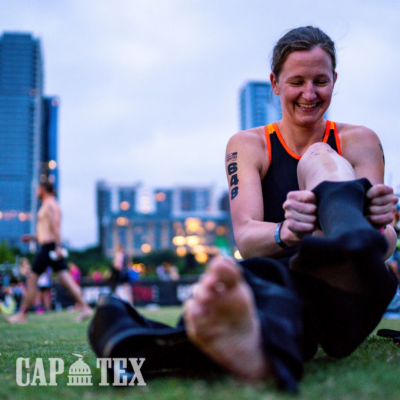Train Your Brain: Build Mental Toughness
Build mental toughness and explore what you’re capable of accomplishing
It’s easy to get wrapped up in the latest gear and training technology. Triathletes get caught up in the latest nutrition, the newest GPS watch, or the most recent bike to hit the market. But can those get you over the proverbial hump? Maybe not. Most agree that a big part of success in any sport is due to mental factors. You can have the fanciest items, but they can’t make you push yourself when it’s needed most.
When you build mental toughness you create strategies for when an obstacle is encountered or an uncomfortable feeling arises. Those strategies become tools that help you become comfortable with the uncomfortable. Still uncomfortable during an open water swim? Add these 5 tips to get over your fear of open water to your strategy.
How you can build mental toughness
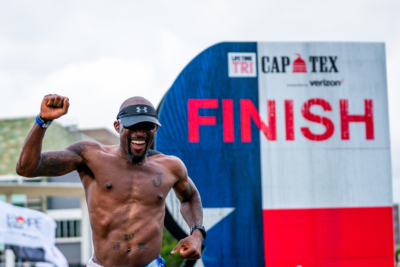
Assume that your thoughts, feelings, and performance are intertwined. With that, triathletes can begin the process of overcoming anything rather than the feeling of being overcome. Mental training is an important part of an athlete’s overall development. Many do not identify this part of training and often find themselves struggling during their training or a race. One of the basic principles of success and how to build mental toughness is to simplify the process of thinking. Be as prepared for your first triathlon as possible when you know what to expect with this breakdown.
As many will confirm, you can accomplish anything you put your mind to. With so many thoughts going through the brain, it can be difficult to reduce distractions and negatives. One of the reasons why athletes ignore the mental aspect of training is that they are not familiar with the basics of sports psychology and mental training. In keeping with the “less is better” philosophy, mental training is better understood using the construction of the following three words: Think –> Feel–> Perform.
Think

Check-in with yourself before your next swim, bike, or run workout.
Before your next workout, take a moment to identify your thoughts. Are you optimistic about your planned bike ride? Are you thinking about how good you will feel during and after the swim? Maintaining positive thoughts before and during an activity is the first step to controlling your performance. Uncomfortable and negative thoughts might start to creep in. Bring yourself back to your “why” and tell yourself positive “I am” statements. Make these “I am” statements become a habit. Then add that to these 8 additional habits of successful triathletes.
- I am strong.
- I am willing to push through this to complete my goal of riding 30 miles.
- I can swim longer.
- I am running 10 miles to better myself.
Feel
Determine your emotional state as you warm up. Identify your thoughts. Are you excited to swim, bike, or run? Do you feel a personal challenge with the distance? Do you feel confident in your abilities? Are you anxious, nervous, or stressed about the mileage? Maintaining positive emotions before and during the workout is the second step in gaining control over your performance. Pro tip: feel more confident when you increase your bike mileage by incorporating these 6 tips.

Consistency is key during training.
Visualize other times in your life or training where you have achieved a goal you set for yourself. Harness this positive feeling and project it towards your current goal. Check your playlist if you are listening to music. Make sure your running playlist consists of music that’ll pump you up and energize you. If more relaxed music or a podcast helps, listen to that to calm your nerves.
Perform
Practice daily. Be consistent. This does not mean you have to work out every day, but you can put yourself in situations where you have to practice mental toughness. Increase the weights during your workout or add more reps. Add more miles to your ride. Swim for 15 more minutes than last time. If you need to make tweaks to your training to see improvement, follow this advice and adjust accordingly.
Introduce yourself to situations that may happen on race day during your training. Get out of bed and start that workout in the cold weather. Next time it is raining, instead of skipping go out and run in the rain. Of course, that is only if it is safe to do so. Didn’t sleep well? Attempt your planned run. You can see how the lack of sleep affects your ability to keep positive thoughts and emotions.
Overcome the struggle
Having positive thoughts and feelings right from the start will give you a chance to succeed. This may not result in PR, but you are in a much better position to have a pleasant experience with the right mindset. Your thoughts can affect your emotions, and your emotions can affect your performance. Once you get into the race, a strong swim will lead to more positive thoughts, and more confident emotions. Conversely, negative thoughts usually lead to negative feelings.
If you find yourself struggling, understand your thought process during that specific workout. Chances are negative, self-defeating thoughts are what’s making you question your abilities. Turn your thoughts into something positive, optimistic, and confidence-building. When you go out on the streets, it will help you feel good about yourself and crush your next swim, bike, or run.










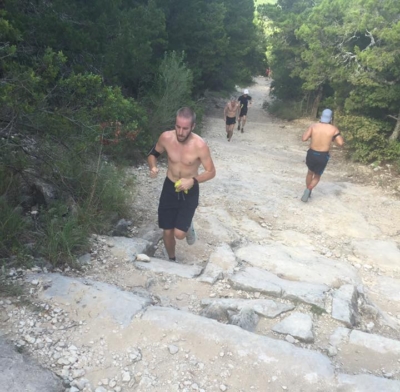
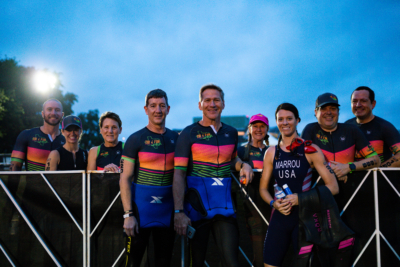
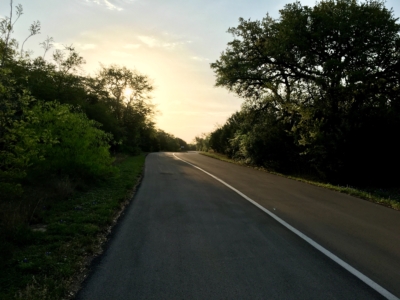
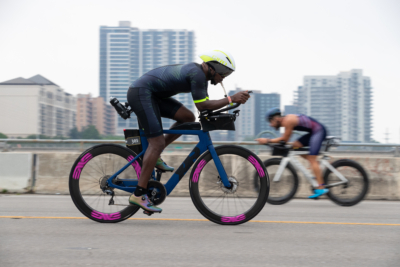
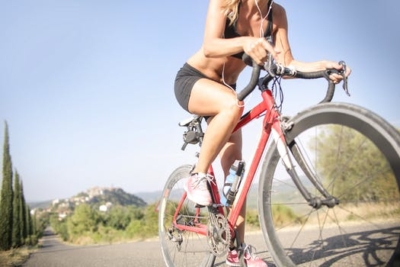

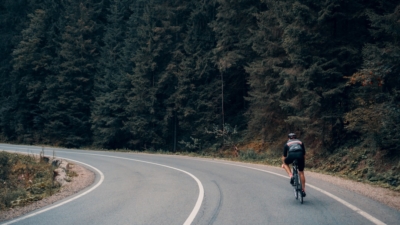
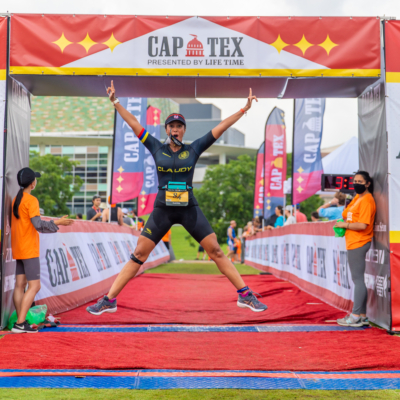
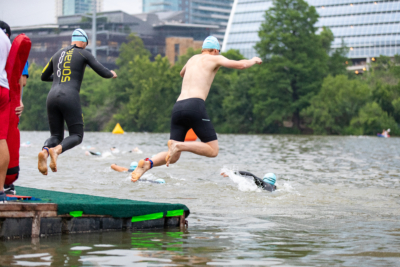
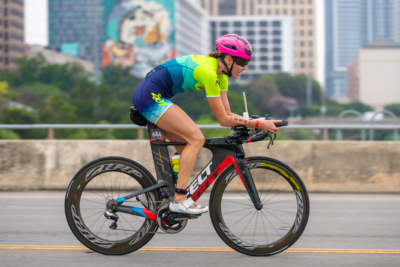

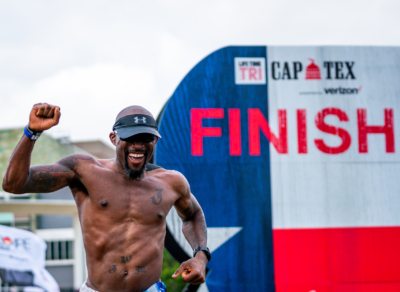
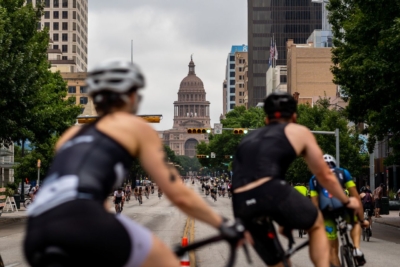 2021 CapTex Triathlon offers different divisions and distances for triathletes of all abilities. Age groupers are separated into five-year increments and begin with others in their age group. They are eligible for age-group awards. Open Division allows professional triathletes and elites to begin regardless of age, with a mass swim start. Open Division participants are not eligible for age-group awards. CapTex Tri also features Athena and Clydesdale categories.
2021 CapTex Triathlon offers different divisions and distances for triathletes of all abilities. Age groupers are separated into five-year increments and begin with others in their age group. They are eligible for age-group awards. Open Division allows professional triathletes and elites to begin regardless of age, with a mass swim start. Open Division participants are not eligible for age-group awards. CapTex Tri also features Athena and Clydesdale categories. 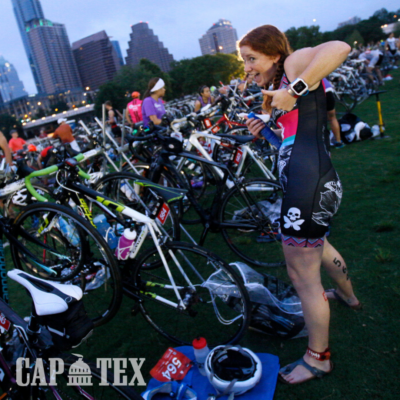
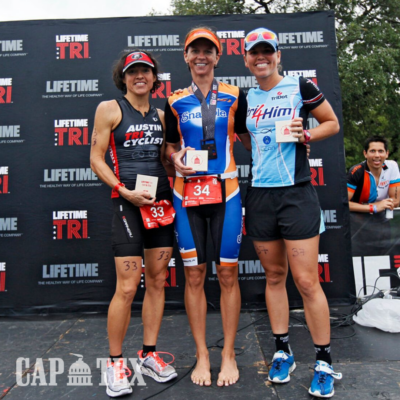
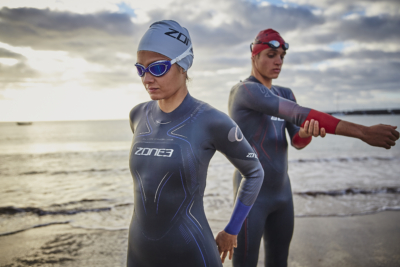 “We can’t wait to be back to racing and spending time with the endurance sports community,” said Ryan Dolan, President of Zone3 USA. “High Five Events has produced high-quality, community-based events for a long time and we’re excited to partner with them for CapTex Tri and Kerrville Triathlon.”
“We can’t wait to be back to racing and spending time with the endurance sports community,” said Ryan Dolan, President of Zone3 USA. “High Five Events has produced high-quality, community-based events for a long time and we’re excited to partner with them for CapTex Tri and Kerrville Triathlon.”
